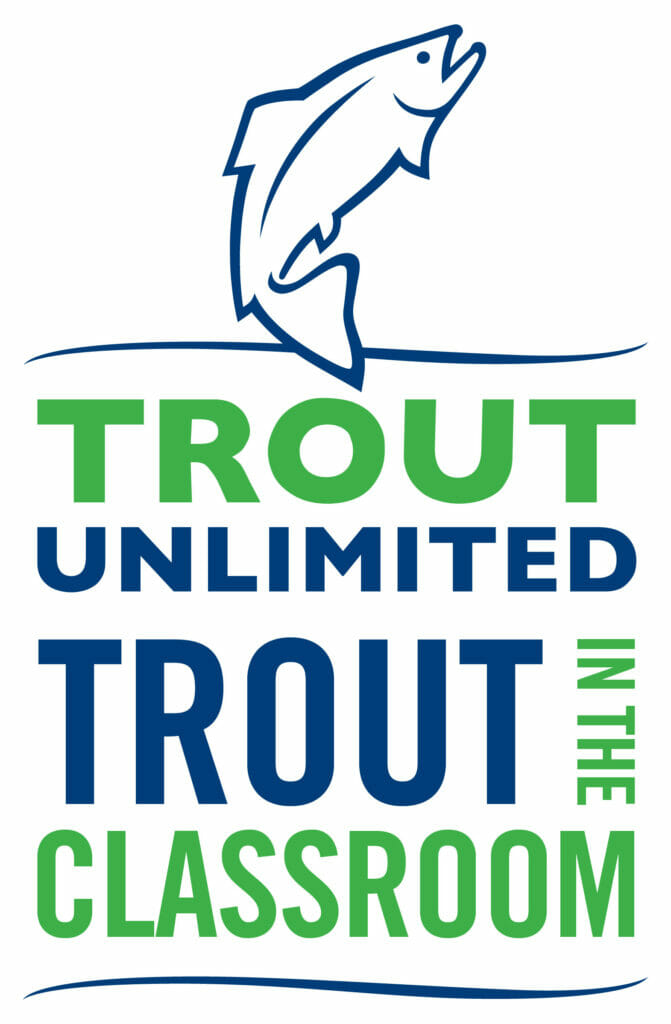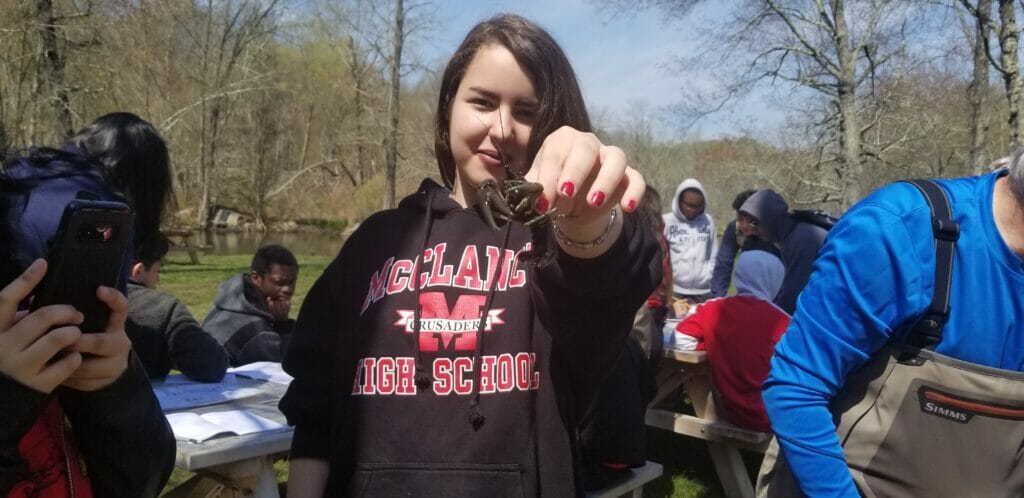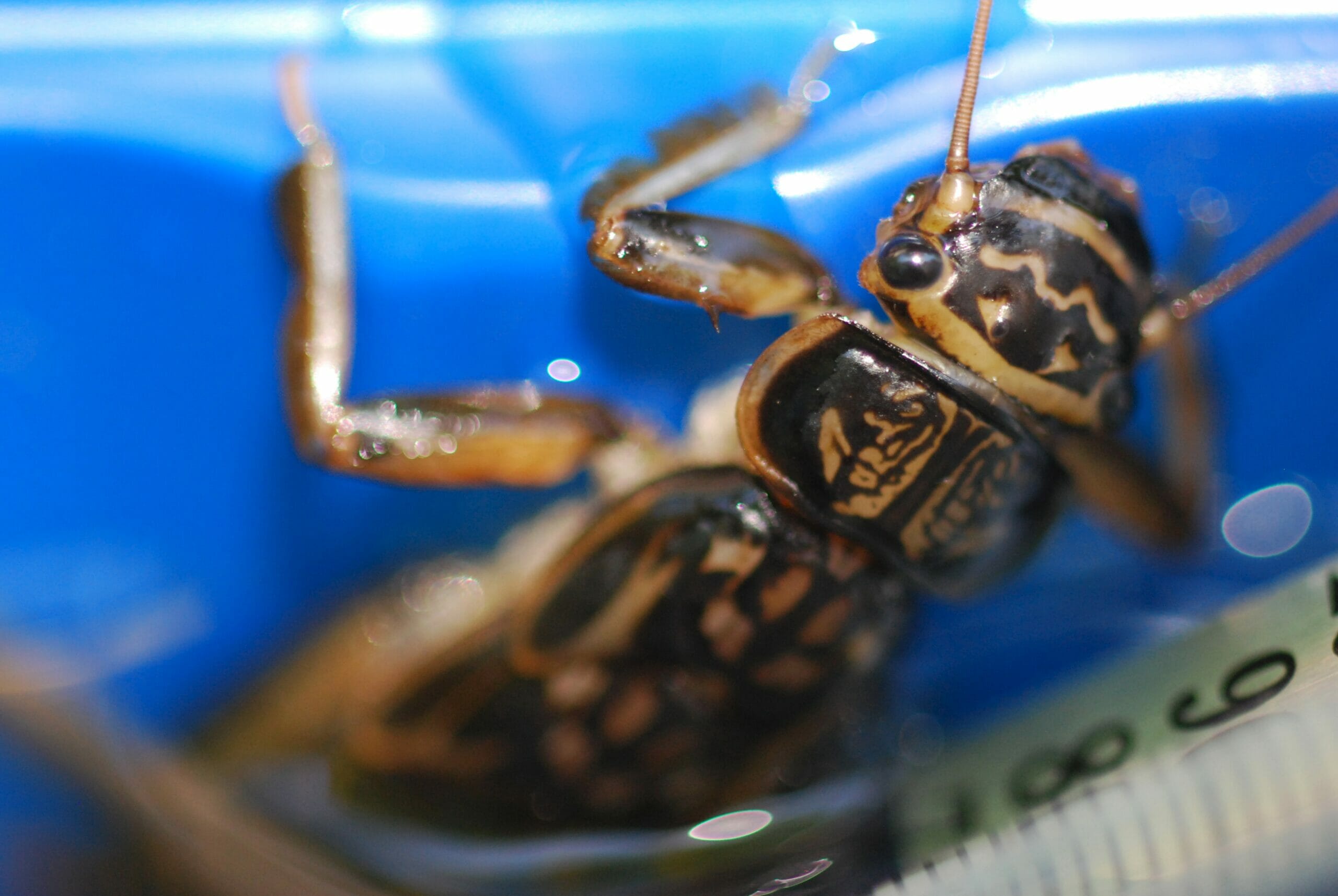
It’s a chilly 30 degrees Fahrenheit in New York City’s East of Hudson watershed today. Ihor Szholar, from Croton Watershed Trout Unlimited, and I took a short hike from the Trailside Museum to the Cross River. Equipped with a kick net, waders, small bucket, and hopes for finding what we came for: Benthic stream Macroinvertebrates.
Luckily (despite a leaky pair of waders and freezing water in my boots) we were able to snag a nice variety of insects and a few crustaceans too.

Our harvest included stoneflies, mayflies, scuds and a water snipe. While I only see the beauty in these small ‘bugs’ I realize not everyone would agree.
And while these larvae live in the water, after they emerge as adults many will have wings and fly as far as their wings will take them before they lay their eggs to begin another generation.
For more information about stream macroinvertebes and for fun games (like Catch the Critter) and activities visit our Online Lesson Plan Library at www.troutintheclassroom.com, The Stroud Center Ecology Unit, or www.macroinvertebrates.org.
Regardless of how you see them, these harmless creatures have an important role in the riparian ecosystem. They break down leaves in streams to start the food chain, are food for trout, and can even indicate clean water.
Want to know more about the study of insects? Here is an interview with a entomologist Lisa Gonzales from the Natural History Museum in Los Angeles
Science Journal Question for TIC Students: How can you tell the difference between insects and crustaceans? Why are macroinvertebrates important both in the streams and on land?
Dive Even Deeper: What is the evolutionary advantage of having a larval stage that is aquatic but having wings as an adult insect? How can macroinvertebrates be indicators or clean water?



